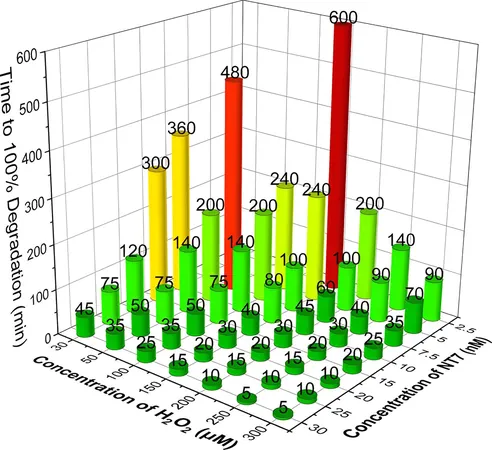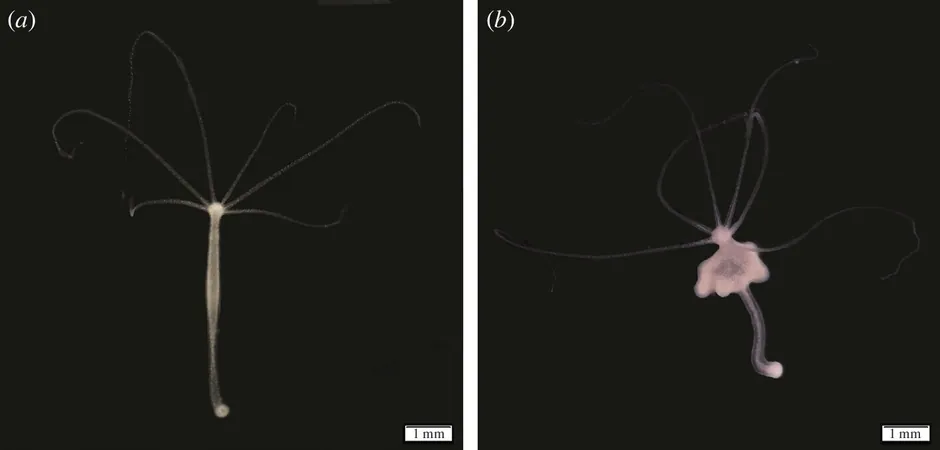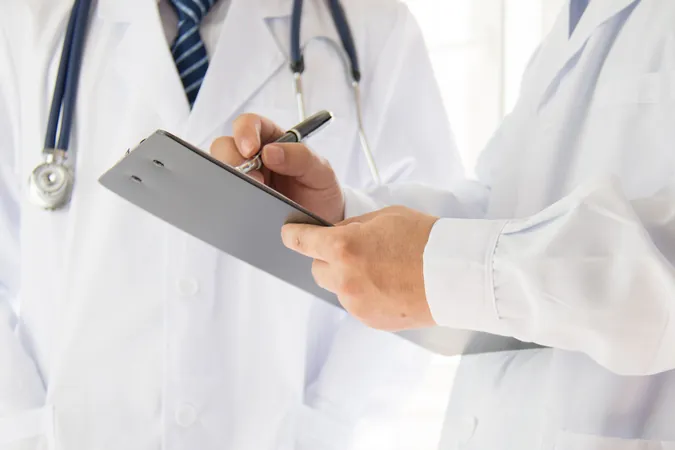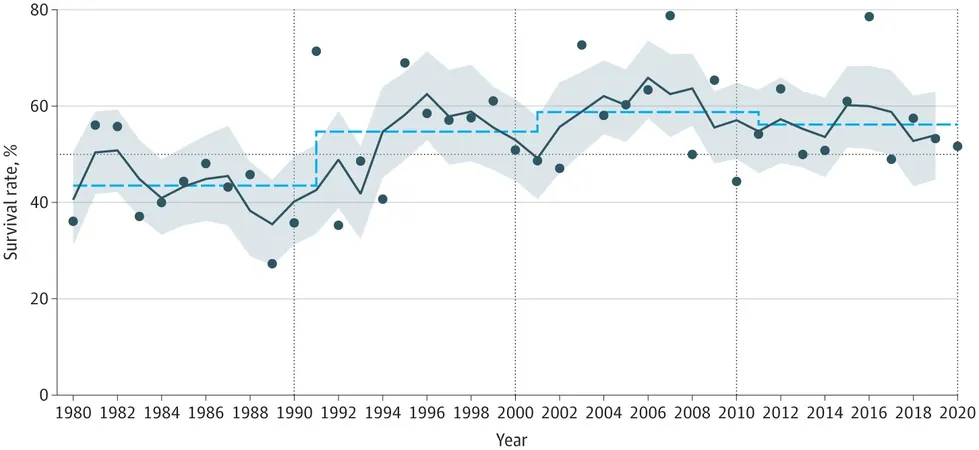
Revolutionary Eco-Friendly Catalysts Successfully Eliminate Pharmaceuticals from Polluted Water!
2024-09-25
Introduction
In a groundbreaking study, scientists at Carnegie Mellon University have developed an innovative and sustainable solution that effectively breaks down pharmaceuticals, including antibiotics, in contaminated water bodies using a unique TAML catalyst combined with hydrogen peroxide. This eco-friendly method addresses a significant global concern regarding the presence of chemical micropollutants in municipal wastewater and natural water sources.
The Innovation Behind TAML
Chair of Green Chemistry, Terry Collins, lauded this achievement, stating, “We are excited to present a low-cost and safe method that universally applies to many contexts of polluted water remediation." The research, recently published in the esteemed journal *ACS Sustainable Chemistry and Engineering*, reveals that the next-generation TAML catalyst—dubbed NewTAML—activates hydrogen peroxide at incredibly low concentrations, making pharmaceutical degradation not just feasible but economical.
Challenges in Conventional Wastewater Treatment
Typically, conventional wastewater treatment systems have struggled to remove pharmaceutical contaminants effectively, allowing harmful substances to persist in our water systems. Unfortunately, the United States Geological Survey reported that thousands of prescription medications commonly make their way into the environment via human excretion and improper disposal, contaminating rivers and lakes, often eluding standard purification processes.
Methodology and Efficacy
Collins highlights the potential of the TAML/peroxide method to revolutionize wastewater treatment: “It’s simplicity itself. Just mix dilute solutions of TAML and peroxide with contaminated water, and the cleanup begins. Results can be observed in mere minutes to hours.” The method shows practicality not only in urban areas but also in rural and disadvantaged regions where advanced treatment technologies may be unaffordable.
In tests conducted by chemistry doctoral student Xiaowei Ma, a tiny quantity of NewTAML coupled with hydrogen peroxide exhibited impressive efficacy in degrading six high-concern drugs, including four prevalent antibiotics and other pharmaceuticals, both in isolation and in mixtures. After just six hours, five of these drugs were rendered non-detectable, while ciprofloxacin—a widely used antibiotic—was reduced by an astounding 95.4%.
Environmental Impact
This technology not only aims to ensure cleaner water for drinking but also targets the protection of aquatic ecosystems. Long-term exposure to these pharmaceuticals has detrimental effects on wildlife health and behavior, including fish, birds, and insects, thereby raising alarms about the quality of our water systems.
Future Applications
Looking ahead, the researchers plan to transition their innovative findings into real-world applications. Sudoc, a startup licensed to bring TAML-based solutions to the market, has secured $20 million in funding to facilitate the launch of the TAML/peroxide system in the European water treatment market.
Conclusion
The implications are vast: if implemented widely, this eco-catalyst could provide a transformative pathway toward sustainable water management and tackle environmental challenges that have long persisted without adequate solutions. As Collins declares, "Our innovation not only offers a cost-effective solution but stands as a promising avenue for a cleaner, safer future." Stay tuned for more updates as this exciting technology takes the next step toward making polluted waters a thing of the past!



 Brasil (PT)
Brasil (PT)
 Canada (EN)
Canada (EN)
 Chile (ES)
Chile (ES)
 España (ES)
España (ES)
 France (FR)
France (FR)
 Hong Kong (EN)
Hong Kong (EN)
 Italia (IT)
Italia (IT)
 日本 (JA)
日本 (JA)
 Magyarország (HU)
Magyarország (HU)
 Norge (NO)
Norge (NO)
 Polska (PL)
Polska (PL)
 Schweiz (DE)
Schweiz (DE)
 Singapore (EN)
Singapore (EN)
 Sverige (SV)
Sverige (SV)
 Suomi (FI)
Suomi (FI)
 Türkiye (TR)
Türkiye (TR)